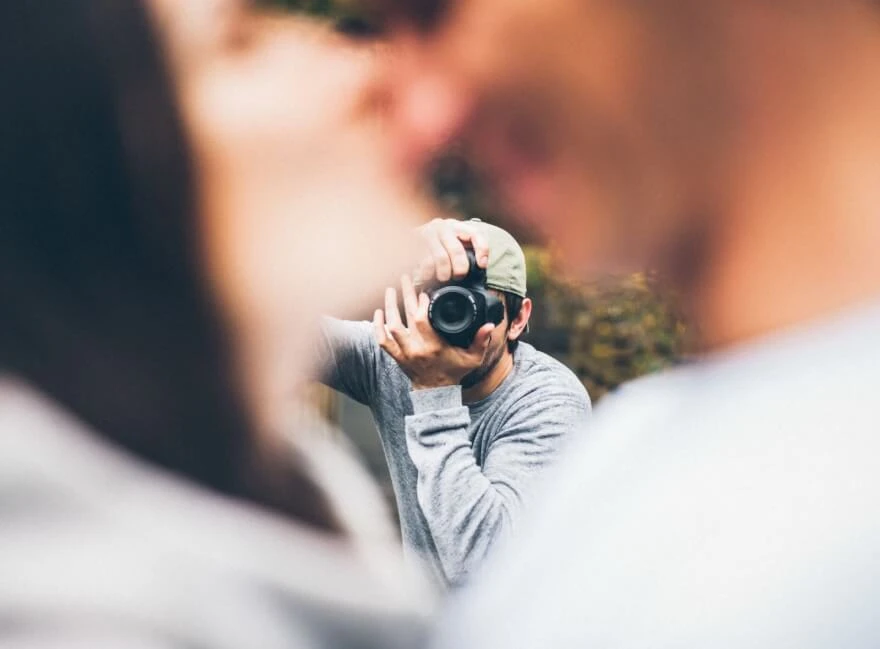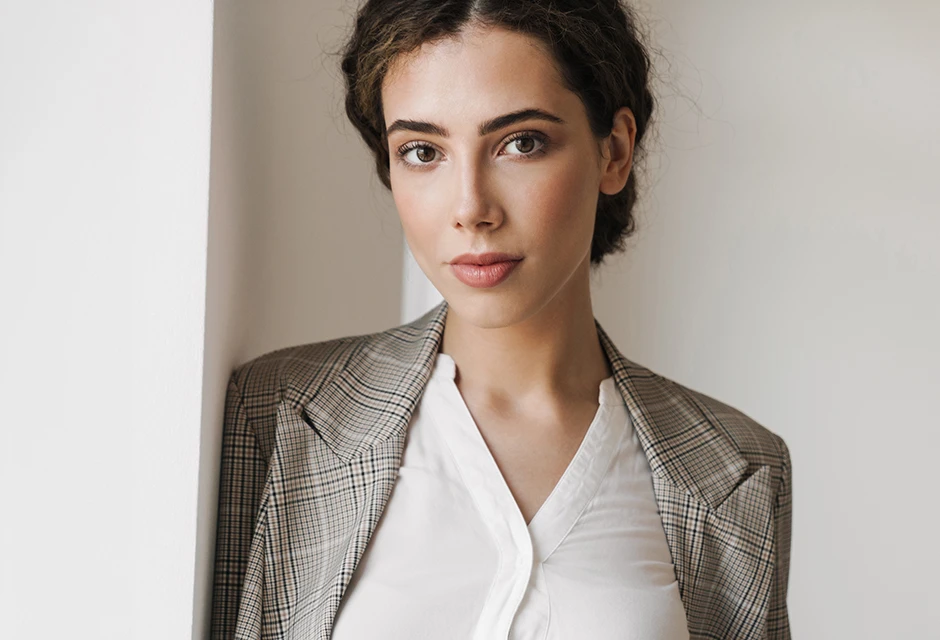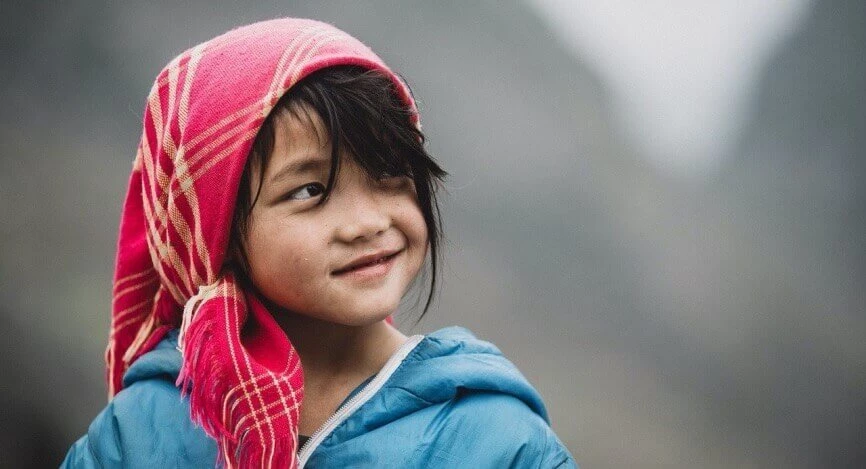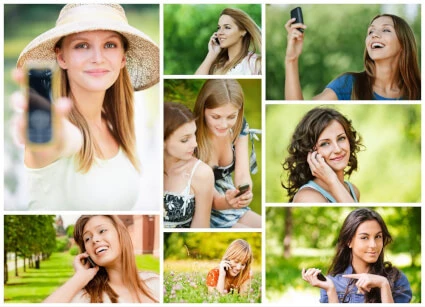How to capture your love story: the best tips for a photographer

- Love Story Photography Benefits
- The Love Story Narrative
- Planning a Venue for your Love Story
- The Best Time to Shoot the Love Story
- Contact Control and Showcase
- How to Set the Better Contact
- Lead do not force
- Take your time for the perfect shot
- How to Frame and Perform the Lovestory Photography
- Leading lines and perspective
- Action
- Natural framing
- Variety
- Ask for Emotions
- Take it all from the venue
- Black and White Photos application cases
- Gear and Settings
- Autofocus
- Lens Choice
- Aperture and Background
- DSLR vs Mirrorless Camera
- Stock up on Supplies
- Conclusion
Photographing a love story is a fantastic method to practice before delving into wedding photography. It aids in establishing a rapport between the photographer and the couple while comprehending the settings and constraints within which the photo session can take place. This article will cover the correct approach to capturing moments of love, adjusting camera settings, selecting venues, and other essential details that will contribute to creating photos that will bring joy to the couple and their Love Story.
Love Story Photography Benefits
If you're a beginner, capturing a couple's love story can serve as excellent practice before venturing into wedding photography. A Love Story photoshoot presents an incredible opportunity to practice eliciting emotions from two individuals, working with natural light. Even if something goes wrong, there's always a chance to redo it, a luxury that won't be as readily available during the actual wedding!
The Love Story Narrative

The complexity lies within the name itself – Love Story, implying that there should not only be a couple but also a storyline. Therefore, it's possible to pre-plan typical variations, for instance:
- Stroll Love Story - a simple walk in a chosen location.
- Studio Love Story - photography centered around establishments or homes.
- Stylized Love Story - when you bring numerous props, like having a picnic at the beach, going to the woods for berries, or even building something together.
Your task is to select the appropriate storyline and work on its fundamentals with your couple, including chosen locations and props appropriate for a romantic photography set.
Planning a Venue for your Love Story

Let's understand the storyline first. Once you've grasped it and aligned with the couple for their Love Story shoot, ensuring everyone's satisfaction, the next step is choosing the location. It's not just about deciding where; it's also about making sure that this chosen spot is genuinely beautiful and accessible at the specific time and day you intend to be there. Therefore, selecting the location should happen beforehand. It would be quite disheartening if everything was planned, and upon arrival, the place turned out to be closed for renovation or required permits. Ensure that the location is unquestionably available for the couple at the chosen time.
Picking the shoot's location is always crucial. Even in immensely stunning places, some spots are better suited for photography than others. Prefer locations with diffused light and textured backgrounds. Additionally, this background mustn't end up overexposed in the photograph.
The Best Time to Shoot the Love Story

The timing of the shoot is a crucial and delicate moment. After all, no one enjoys waking up early. The best times to shoot are either at sunrise or sunset – the so-called "Golden Hours" – two hours before sunset and two hours after sunrise. Usually, it's rare to capture much at sunrise due to, well, morning lethargy. At sunset, however, crowds might interfere, especially if your chosen location is a public place. This can lead to meticulous editing work to get rid of unnecessary on top of the must-have color adjustments and other photo enhancements. Additionally, shooting at sunset has time constraints compared to the morning hours. Therefore, it's better to discuss these aspects in advance with the couple and collectively choose the best time for the photo session, leaning toward the morning hours.
Contact Control and Showcase

For the photographer to anticipate the couple's willingness for experimentation during the actual wedding and to evoke specific emotions, they must extract the maximum from their Love Story setting. Establishing a strong connection with the photographer prompts the couple to express more trust, and sets a good mood, leading to more relaxed photographs where the bride looks stunning, the groom appears joyful, and both understand the effort required to engage with the camera lens.
Moreover, it's crucial to guide your couple through examples and your own expertise. However, this guidance should feel organic, not imposed.
How to Set the Better Contact
During the shoot, make an effort to engage in banter with the couple, nudging them toward interesting interactions for the frames. You can't pre-plan everything for them, and simply following a scripted scenario doesn't always guarantee epic love story photography. It's much better when you guide them lightly, allowing the couple to naturally express themselves within that direction. Encourage spontaneity rather than adhering strictly to a predetermined plan for the most captivating results.
Lead do not force
When couples are not accustomed to posing like models, it is handy to give them easy directions. Putting together a folder with picture examples can show and explain what you are going for during the shoot. It helps them grasp your vision and understand what you are looking for at the moment. This way, they can get creative and might even come up with their own ideas after seeing the examples. It is a great way to work together creatively and might add some new and exciting elements to the photo session.
Take your time for the perfect shot

Usually, the beginning of a photo shoot might be a bit sluggish as the couple may not have fully gotten into the groove or had enough rest. It's essential to allow them time to get comfortable. The real magic often starts to unfold around the midpoint of the photo session. That's when couples tend to relax and reveal their true love story essence. It's crucial to seize that moment and aim to bring out the most creative and impressive photo ideas during the middle and towards the end of the shoot. This timing often yields the most dynamic and authentic shots.
How to Frame and Perform the Lovestory Photography
Numerous framing techniques await exploration. Among these are leading lines, natural framing, and a variety of other methods tailored to the specific venue of the love story photoshoot.
Leading lines and perspective

Any captured frame always benefits from perspective. Position your couple along fences, barriers, or pathways leading into the distance, such as tree-lined avenues or columns. Anything that aids in creating depth within your composition, following the principle of leading lines, enhances the overall impact of the photograph.
Action

Apart from the composition of the frame, it is equally important to include action shots within the camera. Playfully ask your couple to run towards you, holding hands. For this type of shoot, it is crucial to ensure that your shutter speed is optimal to avoid motion blur. Capture multiple frames during this playful run and even take a few duplicates, providing a range of options to select the best shots later on.
Natural framing

Also, look for frames with natural framing elements, such as tree canopies for wider shots, flowers for close-ups, and other environmental elements that can add a unique touch to your frames.
Variety

As a photographer, it's crucial to be well-prepared for what you'll be capturing. Once the location is decided, you have a good sense of where the shoot will unfold. Interacting with the couple gives you insight into the emotions they're comfortable portraying and the actions they're willing to take. When shooting the Love Story, prioritize capturing the couple together extensively since it's the tale of their love.
Remember to vary your shots:
- Take close-ups for detailed moments.
- Capture mid-shots for diversity.
- Use full-body shots for the overall composition.
It's vital to notice details, like when the couple tightly holds hands or unique elements in their attire, props, and surroundings. This attention to detail helps craft a series of images that narrate their story, creating a visual narrative akin to a short film about their relationship.
Ask for Emotions

Moreover, it's crucial to consistently encourage your couple to express more emotions and love within the frame. Usually, this unfolds naturally, but couples vary, as do their levels of comfort with the photographer. Sometimes, you might need to tap into your psychology skills a bit, helping your couple relax and evoke a broader range of captivating shots filled with emotions.
Take it all from the venue

To bring out your couple's love story, you don't need an overwhelming number of photos, around 20-25 shots on average are adequate. Prioritize capturing highly emotional moments, then cherry-pick the most vibrant ones. Even within a single location, you can achieve varied shots by changing lenses and adjusting your proximity to the subjects. Experiment with different shooting angles, and incorporate foreground and background elements creatively, all to your advantage, aiming for engaging narratives in each unique location of the shoot
Black and White Photos application cases

If you notice overexposure while choosing a location, you can use it to your advantage by setting your camera to black and white. This approach enables you to create a compelling setting with contrasts and details, mitigating the impact of harsh lighting conditions.
Gear and Settings

Find out from your couple whether they plan to print the photos for a physical album or prefer storing everything digitally. If printing is on the agenda, opt for a high-resolution camera, as the quality and details of the shots depend on pixel density and image parameters. If a printout isn't the priority and digital copies suffice, consider a camera with a simpler sensor.
Autofocus
During action shots, activate continuous autofocus to track your couple's movement while shooting bursts, ensuring you don't lose details in motion.
Lens Choice

Every photographer has their preferred lenses, but for daytime shooting, consider prime lenses in the 24mm, 35mm, and 85mm range for wide-angle shots and quality close-ups.
- 35 mm would be your main lens for most of the mid-shots and some of the details.
- 24 mm for wide-angles exclusively where your models take the smallest part in your frame and the purpose is to show more of the place or venue.
- 85 mm for portrait shots and close-ups with details, 85 mm allows you to visually separate your models from the background due to space distortion in the frame which allows you to convert a busy background into a less detailed one.
Sometimes, to convey scale, it's not necessary to use a wide-angle lens. You can simply step back from your subjects and utilize a telephoto lens (85mm). This way, you'll achieve a beautiful, expansive background akin to those seen in Hollywood movies
Aperture and Background

An open aperture of 1.4 allows you to get an artistic look due to the nice bokeh on the background bringing a cinematic look to your subject. Besides, the bokeh is also good in cases where you do have not very convenient backgrounds.
DSLR vs Mirrorless Camera

The primary advantage of mirrorless cameras over DSLRs is their ability to focus across almost the entire frame. For instance, Sony mirrorless cameras introduced facial and eye detection as a pioneering feature. Previously, enabling eye focus required navigating through hotkeys to activate this function. In newer firmware versions, once this feature is enabled in the menu, it doesn't matter which focusing mode you're using – whether it's spot, zone, or wide focus. As soon as a person enters the frame, the camera automatically focuses on their eyes.
Stock up on Supplies

Also, remember to carry spare batteries or a PowerBank as intensive shooting sessions can quickly drain your camera's battery in just a couple of hours.
Additionally, it's wise to pack extra SD memory cards, especially if you're shooting in RAW format (which is recommended), as it tends to consume memory space rapidly.
Conclusion

Photographing couples can be stressful, so it's crucial to prioritize building a connection first and allowing time for your subjects to open up gradually. Providing hints and directions step by step is foundational and sets apart a professional Love Story photographer from a novice. Of course, understanding camera settings, proper composition techniques, and knowing which lenses to use in specific situations are equally important. This article covers all these elements, serving as a reference guide for you in the early stages until it becomes second nature to you. Also, remember to explore our other articles covering romantic settings like wedding photography for more experience. Additionally, check out our editing-themed articles to learn techniques like giving your models blusher cheeks or enhancing various aspects of the photos.
Co-founder of RetouchMe. In addition to business, he is passionate about travel photography and videography. His photos can be viewed on Instagram (over 1 million followers), and his films can be found on his YouTube channel.
Moreover, his profile is featured on the most popular and authoritative resource in the film industry — IMDb. He has received 51 international awards and 18 nominations at film festivals worldwide.

with RetouchMe














